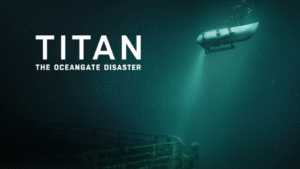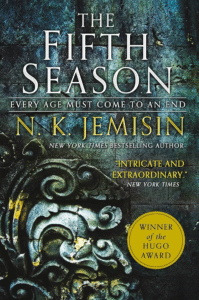The Seine’s Silent Predator: Unpacking the Depths of Netflix’s “Under Paris”
Netflix’s “Under Paris” isn’t your typical creature feature. While it certainly delivers on the thrills and chills of a giant shark lurking beneath the City of Lights, the film also explores deeper themes of environmental responsibility, political maneuvering, and the anxieties simmering beneath the surface of modern society. It’s a blend of B-movie schlock and social commentary, which, while not always perfectly balanced, makes for a surprisingly engaging and thought-provoking watch.

A Scientist’s Plea and a City’s Denial
The core of the film revolves around Sophia, a brilliant but ostracized marine biologist who has dedicated her life to studying sharks. Her initial warnings about the presence of a massive mako shark in the Seine are dismissed by authorities more concerned with maintaining the pristine image of Paris and ensuring the smooth operation of an upcoming triathlon. This dismissal, tragically, leads to a series of increasingly violent and chaotic events. The film effectively uses Sophia’s character to highlight the frustration of scientists whose warnings about environmental dangers are ignored for short-term political or economic gain. Her struggle to be heard resonates with real-world concerns about climate change and the often-dismissive attitude towards scientific expertise.
Politics and the Predator: A Commentary on Power
Beyond the immediate threat of the shark, “Under Paris” also functions as a commentary on the political landscape. The mayor, desperate to maintain her popularity and secure re-election, prioritizes appearances over public safety. Her actions, driven by self-interest and a desire to control the narrative, mirror the often-cynical view of politicians as prioritizing power over the well-being of their constituents. The film doesn’t shy away from depicting the messy realities of political decision-making, where public safety can become a bargaining chip in a larger game of power.
Paris as a Character: Beauty and Brutality Intertwined
The setting itself, the romantic and iconic city of Paris, becomes a character in the film. The juxtaposition of the beautiful, familiar landmarks with the lurking danger beneath the surface creates a palpable sense of unease. The film cleverly uses the contrast between the idyllic image of Paris and the brutal reality of the shark attacks to underscore the fragility of the systems we take for granted. It suggests that even in the most civilized and sophisticated of settings, primal forces can emerge to disrupt the established order.
Flaws Beneath the Surface: B-Movie Tropes and CGI
However, “Under Paris” is not without its flaws. At times, the film leans too heavily into B-movie tropes, with some of the dialogue and character interactions feeling clichéd. The CGI, while generally effective, occasionally falls short, particularly in some of the more chaotic underwater scenes. Furthermore, the film’s attempts to weave in various subplots, such as Sophia’s personal struggles and the motivations of other characters, sometimes feel underdeveloped and detract from the central narrative.
Beyond the Bite: A Surprisingly Thought-Provoking Thriller
Despite these shortcomings, “Under Paris” manages to be more than just a simple shark attack movie. It taps into contemporary anxieties about environmental disaster, political corruption, and the underlying tensions of modern urban life. While it may not be a cinematic masterpiece, the film’s blend of thrills, social commentary, and its unique Parisian setting makes it an entertaining and surprisingly thought-provoking watch. It reminds us that even beneath the most beautiful and seemingly serene surfaces, there can be something lurking, waiting to disrupt the peace.




















